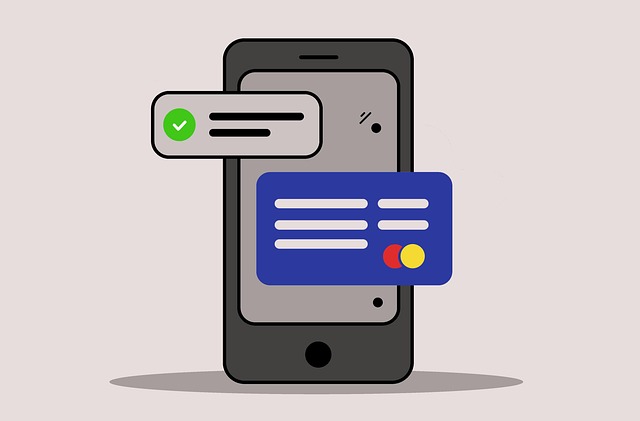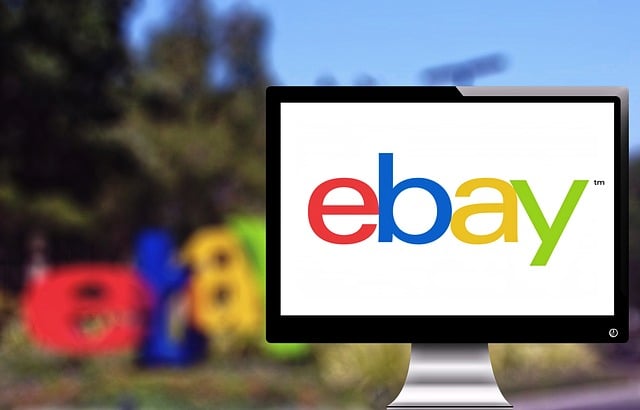A chatbot for ecommerce is a game-changer, offering foundational features like NLP and product knowledge to interpret user queries accurately and enable seamless transactions. It handles tasks such as answering FAQs, providing recommendations based on browsing history, discount codes, and checkout guidance, enhancing the overall shopping experience. Advanced chatbots leverage personalized interactions and purchase history for engaging customer journeys that drive sales. Integrated with marketing strategies, they deliver targeted promotions and foster loyalty. Implementing a chatbot requires careful consideration of technical aspects like compatibility with existing systems, robust server infrastructure, and scalable architecture to handle high traffic during peak seasons, ensuring maximum customer satisfaction in the competitive ecommerce market.
In today’s digital landscape, a chatbot for ecommerce is no longer a luxury but an essential tool. This article guides you through the key features to look for in a chatbot designed for enhancing your online sales. We’ll explore core functionality, such as understanding user queries and providing instant responses, and delve into advanced features like personalized product recommendations and seamless integration with your store. Additionally, we’ll discuss technical considerations to ensure optimal performance and enhance the overall customer experience.
- Core Functionality: Understanding the Basics of a Chatbot for Ecommerce
- Advanced Features: Enhancing User Experience and Sales
- Technical Considerations: Ensuring Seamless Integration and Performance
Core Functionality: Understanding the Basics of a Chatbot for Ecommerce

A chatbot for ecommerce must first and foremost understand the basics of facilitating transactions through conversation. This involves having core functionalities like natural language processing (NLP) to interpret user queries, product knowledge to provide accurate information about items in stock, and simple interaction to enable users to add items to carts or check out with minimal effort.
The chatbot should be able to handle common tasks such as answering frequently asked questions, providing product recommendations based on browsing history, offering discount codes, and guiding users through the checkout process. These fundamental capabilities form the backbone of a successful chatbot for ecommerce, ensuring a seamless and efficient shopping experience for customers.
Advanced Features: Enhancing User Experience and Sales

In the realm of ecommerce, a chatbot can be more than just a basic tool for customer service—it can become a game-changer that enhances user experience and drives sales. Advanced features such as personalized product recommendations, based on user interactions and purchase history, not only assist customers in finding what they need but also increase the likelihood of conversions. These recommendations can be tailored to individual preferences, creating a unique and engaging shopping journey.
Additionally, advanced chatbots can handle complex tasks like order tracking, returns, and exchanges seamlessly, freeing up human customer service representatives to focus on more intricate issues. They can also integrate with marketing strategies by delivering targeted promotions and offering exclusive discounts, fostering customer loyalty and driving repeat purchases. This level of functionality makes a chatbot for ecommerce not just an assistant but a valuable asset in maximizing sales and improving customer satisfaction.
Technical Considerations: Ensuring Seamless Integration and Performance

When implementing a chatbot for ecommerce, technical considerations are paramount to ensure seamless integration and optimal performance. The first crucial aspect is compatibility with existing systems and platforms. A robust chatbot should be able to integrate smoothly with your website, shopping cart software, and customer relationship management (CRM) tools. This ensures that data flows seamlessly between these systems, enhancing the overall user experience.
Performance is another critical factor. Efficient chatbots respond quickly to user queries, providing instant support without causing delays or loading issues on the site. Behind the scenes, this requires robust server infrastructure, efficient algorithms for natural language processing (NLP), and scalable architecture to handle high traffic volumes during peak shopping periods. These technical underpinnings are essential for maintaining a responsive and reliable chatbot that boosts customer satisfaction in the competitive ecommerce landscape.
When selecting a chatbot for ecommerce, it’s crucial to balance core functionality with advanced features. Ensure the chatbot offers seamless integration, robust performance, and a user-friendly experience that drives sales. Consider its ability to handle basic queries, provide product recommendations, and facilitate transactions effectively. By combining these elements, you can harness the power of chatbots to elevate your ecommerce platform and enhance customer engagement.
